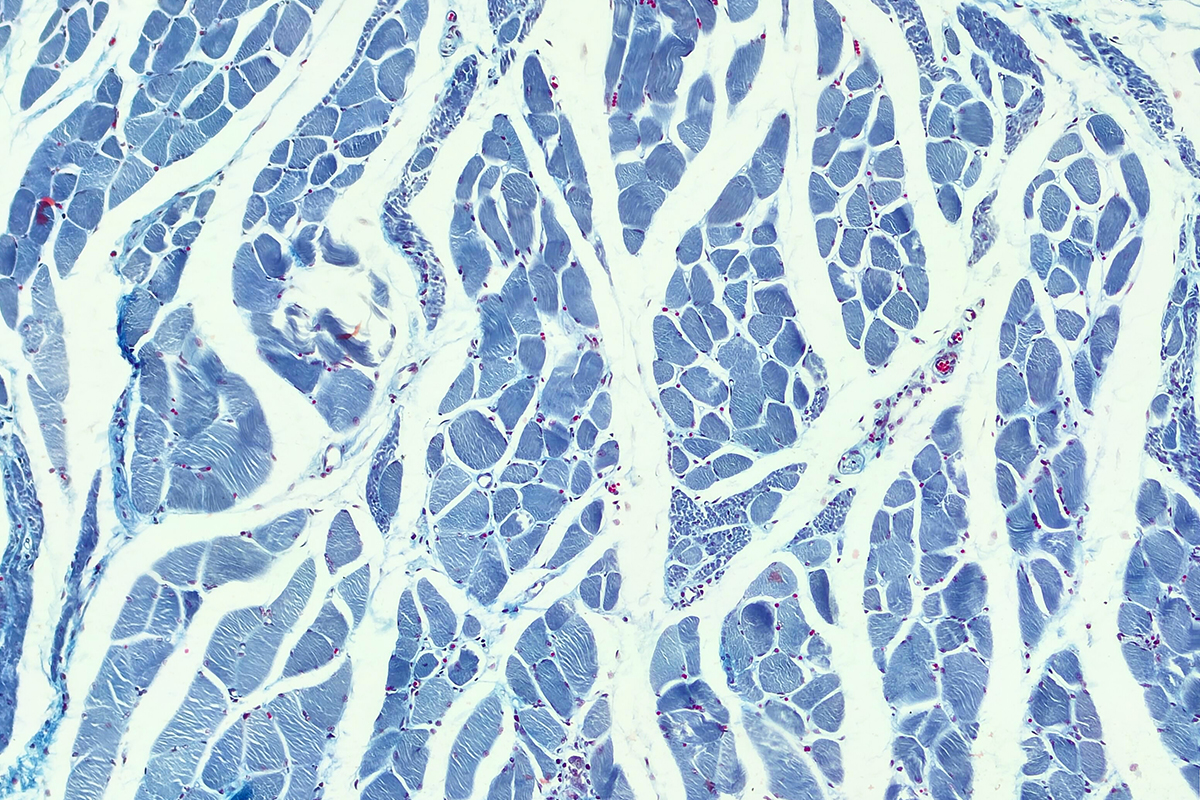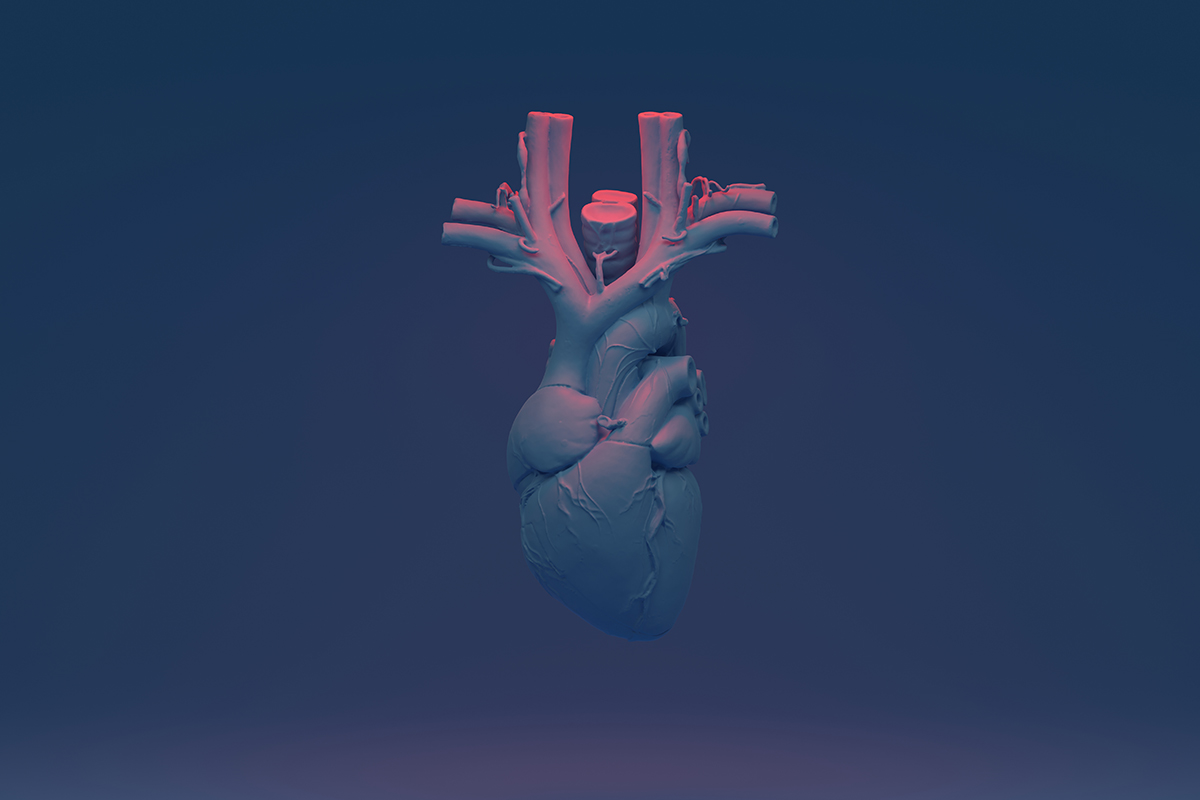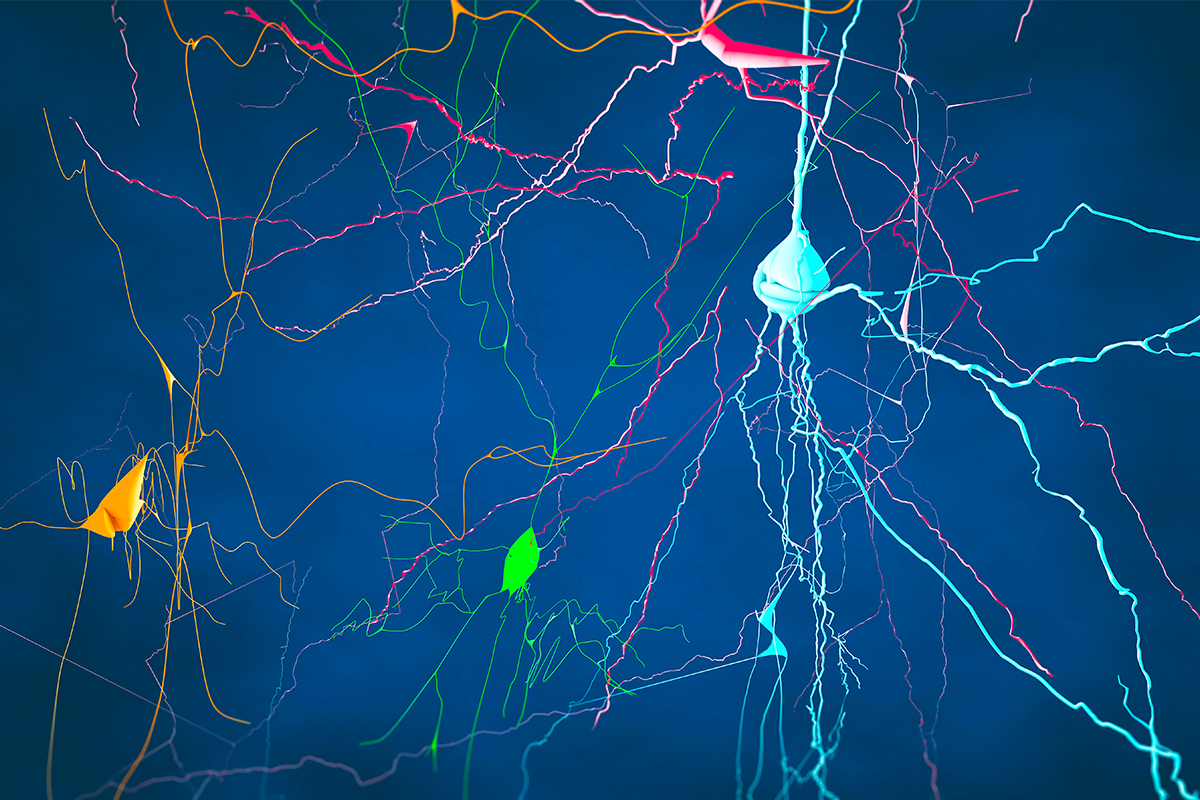There’s a section in Roadrunner, the recent documentary on the life of Anthony Bourdain, where the late chef’s creative partners recount the reputation that followed him around early in his television career. Before Bourdain brought home a Peabody, elevating the food travel template to the realm of biting geopolitical journalism, he was just another guy eating crazy shit. You know: warthog anus, seal eyeballs, cobra heart.
After all, in the early-2000s, Fear Factor era, that was what the networks wanted to put in their promos. A traveler’s point of view, the plight of the marginalized people he encountered, the rapid pace of globalization — these things didn’t hold a candle to the exotic ew of watching someone familiar eat something disgusting.
Still, palates are relative. They also tend to evolve. And in recent years, the Western world has shown a healthy interest in reconsidering foreign ingredients. Part of that can be attributed to an explosion in creative cuisine over the last two decades. But the development also intersects with the world of wellness, where people are personalizing their diets like never before, foraging for function and longevity in their food.
That search has brought many to the doorstop of organ meat. Over the last 15 years, online analytics document a 6,100% increase in people researching the keyword. Not far behind? “Organ complex” and “organ supplement,” at 3,600% and 3,400%, respectively. A concept that was once pure theater — watch the swashbuckling man eat the animal testes — is now flirting with the mainstream.

Like many other wellness trends, though, organ meat consumption is by no means a recent phenomenon. The tradition of eating “offal” — the livers, tongues, brains, hearts, kidneys and stomachs of cows, pigs, lambs, goats, chickens and ducks — is rooted in prehistory. When people practice the popular Paleolithic diet, they generally stick to a diet of eggs, vegetables, fruits, nuts, seeds and meat — muscle meat. But our sustenance-driven ancestors, always in dire need of fat, would’ve found it collected densely around brains, internal organs and sex glands. (There’s little cause to be a picky eater when your life expectancy is 35 years old.)
Wellness worship is a fraught topic, whether it’s directed toward Peloton instructors or Paleolithic ancestors. Instead of signing up for a movement and expecting deliverance, it’s better to cherry-pick methodologies from various schools of thought and see what works for your body. In terms of the paleo diet, its most effective commandment is likely the aversion to processed foods. But not far behind it — and worthy of consideration, assuming you consume animal products — would be adding organ meat to your diet.
On the queasy index, you can start pretty tame, with a plate of cooked beef liver. According to Healthline, a 3.5-ounce portion will absolutely annihilate your recommended dietary intakes for riboflavin (201%), vitamin A (522%), copper (730%) and the kicker: vitamin B12 (1386%). Little wonder that nutritionists call the liver “nature’s multivitamin.” It’s also rich in vitamin B6, zinc and iron, which make sure your efforts in the gym don’t go to waste, bolster energy levels, reduce oxidative stress and, coincidentally, improve the function of your own liver.
That said, despite the nutritional and even cost benefits (demand for cuts of organ meat is low and prices reflect that), it’s understandable that many may not be able to mentally “get there” on the idea. Online, you’ll find find hunting blogs gaily vouching for “tongue tacos” and “heart jerky,” and dog owners’ forums looking to find portions for puppies. It doesn’t exactly make one hungry for dinner. Then, there’s also the issue of inhumane rearing and slaughtering practices, which can affect the quality of the organ meat.
During the Ice Age, a hunter-gatherer would eat the stomach (and all its grassy contents) of a slain herbivore — he could trust that his kill had a nutritious, plant-based diet. But these days, billions of animals are raised in indoor, industrial conditions. Their organs have been exposed to antibiotics, hormones and pesticides. Where possible, when consuming organ meat, you want to zero in on animals that grew up chowing on open pasture. “Free range” isn’t just a bougie buzz word. It has real implications for the standard of what you’re putting in your body.
Or, to get your fix and dodge learning how to properly cook organs, you could just turn to supplements. Organ complexes make certain that their animals have high-grade backgrounds. Their descriptions generally read something like: 100% grass-fed, pasture-raised, antibiotic-free, non-GMO and pesticide-free bovine meat sourced from New Zealand and Argentina. Per usual, the promises made by these health brands are wide-ranging and vague (“Supercharge your body!” “Stimulate brain health!”), but the cost isn’t terrible (about a quarter a capsule), and the supplement will have a field day on your nutritional factsheet.
For getting started, look to companies like Ancestral Supplements, Codeage and OneEarthHealth. Some go pretty granular on their glandular offerings: supplements imbued with freeze-dried thyroids, brains, kidneys and even gallbladder. But most have a catch-all beef organs option, the equivalent of the “original” flavor of potato chips. If you’re plant-based, does this count as eating meat? That’s for you to decide — but organ complexes check many of the boxes that send people away from meat in the first place.
Consider: organ complexes a more environmentally sustainable option, thanks to their preference for pasture-raised animals and its inherent technique in using all of the animal. And it’s a more wholesome option than red meat, which we know increases one’s risk of diabetes, cardiovascular disease and certain cancers. Plus, it can solve for some nutritional deficiencies vegetarians and vegans often encounter, namely rock-bottom levels of vitamin B12, calcium, iron and zinc.
Ultimately, it’s refreshing to see ingredients that have too often been tossed in the garbage or depicted on television as “gross” reconsidered and repurposed for healthy living. Is organ meat the key to a longer life? Well, our ancestors ate a lot of it, and they certainly weren’t breaking any lifespan records. But when paired with a well-rounded diet of non-processed foods and a bit of running around each week (if not with a spear), you should be well on your way.
Whether you’re looking to get into shape, or just get out of a funk, The Charge has got you covered. Sign up for our new wellness newsletter today.

























